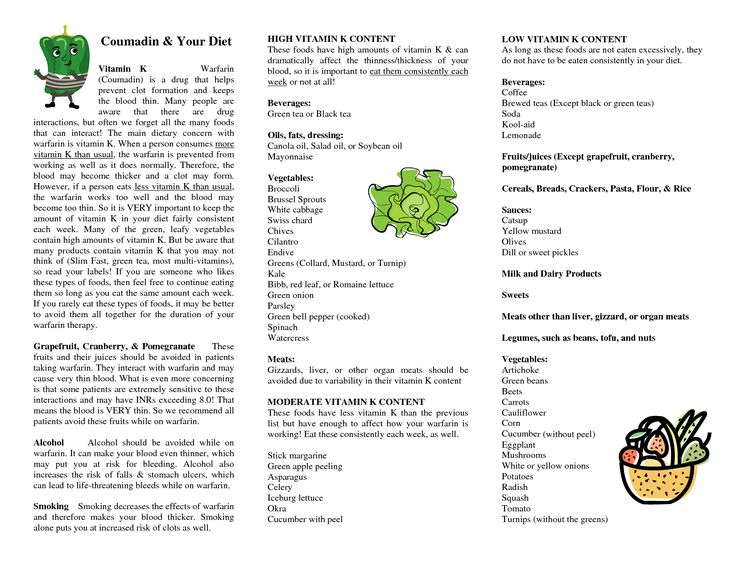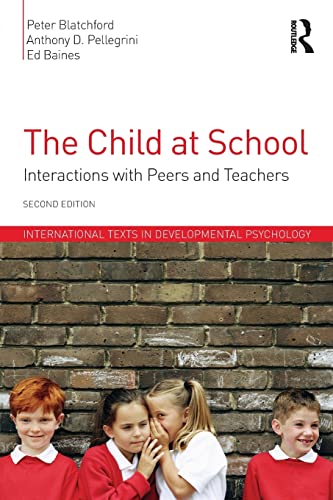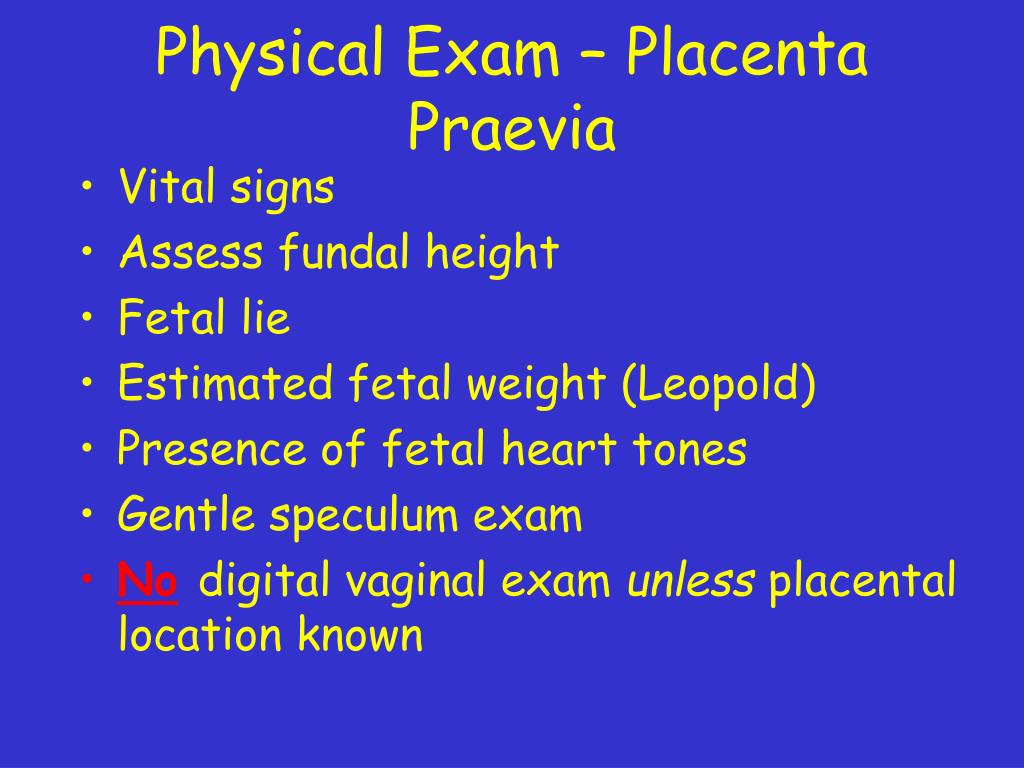How do i know if my child has a learning disorder
How would I know if my child has a learning disability?
About this parent’s guide: The term “learning differences” covers a wide range of challenges students may face in school, at home, and in their community. It includes all children who are struggling in school because their brains are wired uniquely — whether a learning disability has been formally identified or not. This parent’s guide can be helpful for all parents of students with learning differences. However, it is designed to be particularly helpful for those with children who have, or might have, a specific learning difference or other health impairment (e.g., attention issue) as defined by the Individuals with Disabilities Education Act (IDEA).
This is Part 1 of a series of parent’s guides related to learning differences. Click here to read Part 2.
Grades can be a poor indicator that your child has a learning or attention issue. Some kids who perform well have found ways to cope, and others, who are performing poorly, may not have a learning disability. The clues, say those who work with children that have learning disabilities, are sometimes more subtle and often times unrelated to school performance.
If you’re reading this, you may already know that. But you may also be wondering what to look for when it comes to learning differences. And, if you’ve spent time online asking search engines for answers, you could be just as confused as when you began.
“Its challenging, because it’s like, where do you even start?” said Lynne Loeser, statewide consultant to the Exceptional Child Division of the Department of Public Instruction. “And how do we get this into language that is helpful and understandable to parents and not get too far into the weeds? We talk in edu-speak — a lot of vocabulary and a lot of acronyms the parents don’t understand.”
This guide is aimed at cutting through the edu-speak. In this article, Part One of our guide for parents, you’ll find some tips on how to determine if your child has a learning disability.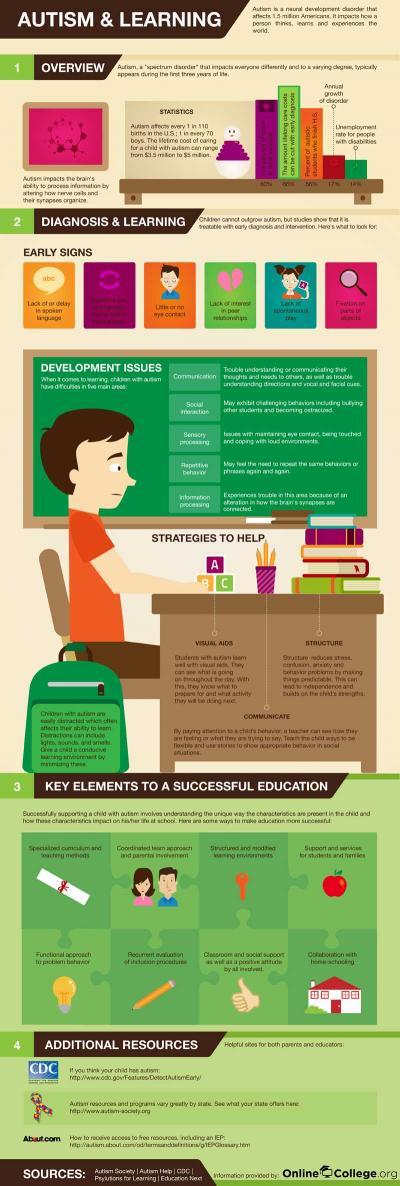
In Part Two, we’ll dive into the laws that provide assistance — specifically, Individuals with Disabilities Education Act (IDEA) and Section 504 of the Rehabilitation Act of 1973 (504). Part Three examines data that speaks to how effectively North Carolina public schools are reaching these students, whom it calls Exceptional Children. In Part Four, we’ll look at independent schools that offer more focused instruction for different learners, as well as resources available to help finance a private education.
But, please note: This is only one resource for parents. More information is available through the public school system, Exceptional Children’s Assistance Center, which is funded through federal grants, and state and national resources such as Disability Rights North Carolina, Learning Disabilities Association of North Carolina, and Understood.org.
ShutterstockHow do you know there’s a problem?Tests, assessments, and homework results can be warning signs that your child needs additional support, but they can also be unreliable indicators since poor academic performance can result from a number of other factors.
“We often see one of two reactions: either the student is shutting down or the student is acting out,” said Virginia Fogg, an attorney for Disability Rights North Carolina (DRNC). “And so, basically, if you were to use psychological terms, you’re either internalizing your stress or you’re externalizing it.”
Children who are externalizing stress and anxiety from learning challenges might disrupt class, which is why, according to Fogg, they have higher rates of disciplinary issues and suspensions.
“Unfortunately, those are the kids that often get the attention,” she said. “Now, it’s often negative attention.”
Children who internalize behaviors might simply put their heads down on their desk, not open their book, disengage from group work, or stop paying attention while teachers are giving instructions.
In earlier grades, when there are not a lot of tests and homework to monitor, failing to follow directions or having trouble getting out the door could indicate processing issues. These can be exacerbated once children are in school because so many directions are given verbally. Also, trouble tying shoes or writing their names can be red flags for issues with fine motor skills.
These can be exacerbated once children are in school because so many directions are given verbally. Also, trouble tying shoes or writing their names can be red flags for issues with fine motor skills.
According to the Learning Disabilities Association of America, warning signs are best broken down along age ranges:
Pay attention and trust your gutWithout clear rules, it can be distressing for parents who suspect their child is struggling.
Particularly during younger ages, it can be difficult to discern when these issues point to a learning difference or when they reflect a child developing at their own pace.
“Especially in this country, we tend to want people to be developing at the same rate, and you know, everybody to hit the very middle of that bell curve,” Fogg said. “But there wouldn’t be a bell curve if there weren’t kids on the opposite ends of the spectrum. And so, just because that’s happening doesn’t mean that you need to panic or assume that there definitely is an issue.
But definitely be on the lookout for anxiety and how anxiety takes many forms.”
Fogg cautions parents not to be hard on themselves. There are a lot of signs to look for and a lot of things going on in every day life.
“And you can have advanced degrees and be a very attentive parent,” she said. “That doesn’t mean that you’re necessarily going to recognize it. And I don’t think that means that you’ve done anything wrong … it just takes some time to figure it out.”
That said, if you see some of these signs, don’t ignore them assuming they will correct themselves or write them off as an overreaction. You know your child best, so experts say to trust your gut and — at the very least — start monitoring and recording red flags.
This is especially important because early detection correlates strongly with a child’s ability to thrive with a learning disability.
What to do when you think there’s a problemParents can go quickly from not wanting to acknowledge a learning difficulty straight to wanting a learning disability diagnosis. But there are things that can be done in between.
But there are things that can be done in between.
“It doesn’t necessarily need to go to a special education referral at that point,” Loeser said. “Oftentimes, I think the parents are going to the school and they’re saying, ‘I want to get my child evaluated,’ because the parent is frustrated and they just want their child to get help. They think that special education is the only way to get that help, and what we need to do better as a system is, at the front end, explaining to parents the system of support that we have available to support students who struggle.”
The system of support, which has been implemented over the past year, is a multi-tiered system of support (MTSS) that helps teachers try preliminary interventions prior to pursuing formal evaluations for special education services. This used to be called response-to-intervention, or RtI. The MTSS guidebook can be found here.
“The first step is go to the school and talk to them, and be clear about why they think that and what are their concerns and just start trying to pinpoint those areas of concern,” said Loeser.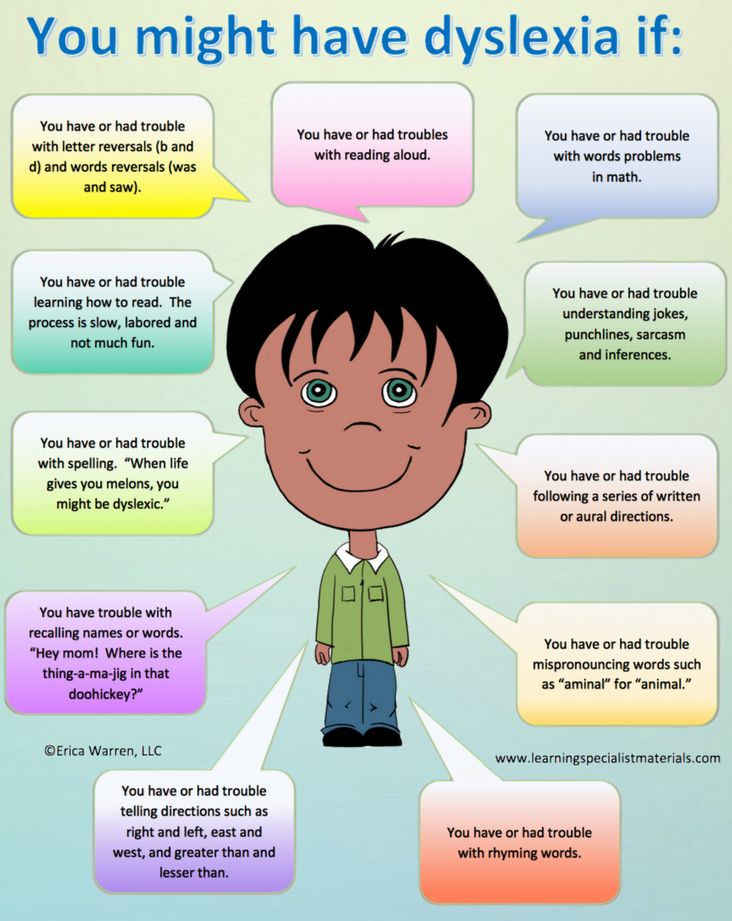
Loeser recommends going directly to the teacher. If you don’t get a response or if you don’t get a response quickly enough, she recommends turning to the principal. If you still feel your concerns are not addressed, then you can reach out to the exceptional children (EC) director. Every district has an EC director, and you can find a list of them here.
“And then the school’s responsibility to do that is to really help answer those questions for the parents and share the information and data that they have and jointly determine, you know, where they need to go from here,” she said.
Where they go, and how that might look, can vary. MTSS may look like:
- regular classroom teachers giving the child specific instruction in a way that maybe they’re not giving the entire class — either during group discussion or one-on-one,
- using a different methodology or delivering the instruction differently,
- using visual instructions, written instructions instead of verbal instructions, or vice versa,
- repeating instructions for a child, or
- offering instruction in a different environment — such as a calmer or more controlled setting.
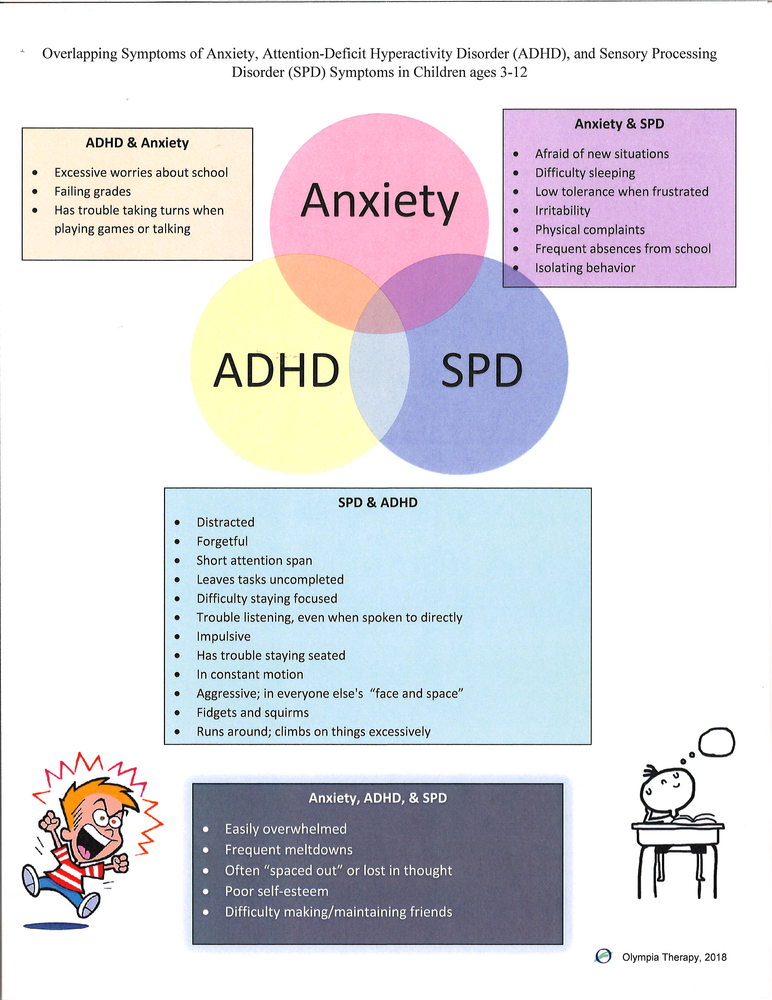
As MTSS interventions are attempted, the school should be tracking data to determine when something is not working and — more importantly — when something is. North Carolina schools are now using a tracking software called Every Child Assessment and Tracking System (ECATS), which monitors interventions and promotes collaboration among different teachers.
“We’ve got teams within the school who are regularly looking at that universal screening data and we’re looking at those students who are receiving intervention as a group that we’re monitoring,” Loeser said. “So the point is, we’re trying to take the burden away from the individual teacher to monitor these things and so we’ve got a system in place that is monitoring the progress of all students and the system identifies those kids that may need additional support.”
Loeser said that MTSS is still being rolled out for some uses, and it’s being improved.
“In the ideal world where we’re trying to get to … the school would have built into their system of support defined ways that we can provide intervention to students who have kind of these kind of needs,” she said.

If standard interventions aren’t working — evidenced by lack of progress — then it may be time to get your child tested for learning differences. The school should do this, but be proactive about monitoring your child’s progress. Take that process into your own hands, because schools sometimes won’t, says Fogg.
“I think it’s easy sometimes for a parent to get reassured by the school that your child is really not behind,” she said. “Sometimes, grades on report cards don’t accurately reflect where your child is. Sometimes, you know, they’ll say a particular child is not a good fit with that teacher. That could just literally be that they’re not a good fit with that teacher and that they don’t respond to that style — or it could be an indication that there’s a problem.
But if if your child is not making the progress they should make, I think it’s easy for them sometimes to say, well, we’ll just figure it out next year or we’ll work on some of this stuff over the summer.
And sometimes that’s really hard.”
In that case, parents can take matters into their own hands, either by finding a child psychologist (which can be via pediatrician referral) to perform a psycho-educational evaluation, or by making a parent referral for special education services evaluation directly to the school. Getting an independent or private evaluation can garner more attention from the school, because those reports, Fogg says, are harder to ignore.
The next chapter in this guide, available tomorrow on EdNC.org, will dig deeper into how to get the evaluation process started, explore the differences between the assistance offered under the learning disabilities laws, and explain how to navigate the process of getting your child help under either IDEA or 504 laws.
Correction: A previous edition of this post incorrectly attributed information on the warning signs of a learning disability to the Learning Disabilities Association of North Carolina. It has been updated to attribute the information to the Learning Disabilities Association of America.
It has been updated to attribute the information to the Learning Disabilities Association of America.
Digest Spotlight Learning Differences Parent's Guide
Rupen Fofaria
Rupen Fofaria is the equity and learning differences reporter at EducationNC. He exists to shine light, including by telling stories about under-reported issues.
Learning Disorders in Children | NCBDDD
Many children may struggle in school with some topics or skills from time to time. When children try hard and still struggle with a specific set of skills over time, it could be a sign of a learning disorder. Having a learning disorder means that a child has difficulty in one or more areas of learning, even when overall intelligence or motivation is not affected.
Some of the symptoms of learning disorders are
- Difficulty telling right from left
- Reversing letters, words, or numbers, after first or second grade
- Difficulties recognizing patterns or sorting items by size or shape
- Difficulty understanding and following instructions or staying organized
- Difficulty remembering what was just said or what was just read
- Lacking coordination when moving around
- Difficulty doing tasks with the hands, like writing, cutting, or drawing
- Difficulty understanding the concept of time
Examples of learning disorders include
- Dyslexia – difficulty with reading
- Dyscalculia – difficulty with math
- Dysgraphia – difficulty with writing
Children with learning disorders may feel frustrated that they cannot master a subject despite trying hard, and may act out, act helpless, or withdraw. Learning disorders can also be present with emotional or behavioral disorders, such as attention-deficit/hyperactivity disorder (ADHD), or anxiety. The combination of problems can make it particularly hard for a child to succeed in school. Properly diagnosing each disorder is crucial, so that the child can get the right kind of help for each.
Learning disorders can also be present with emotional or behavioral disorders, such as attention-deficit/hyperactivity disorder (ADHD), or anxiety. The combination of problems can make it particularly hard for a child to succeed in school. Properly diagnosing each disorder is crucial, so that the child can get the right kind of help for each.
Treatment for learning disorders
Children with learning disorders often need extra help and instruction that are specialized for them. Having a learning disorder can qualify a child for special education services in school. Schools usually do their own testing for learning disorders to see if a child needs intervention. An evaluation by a healthcare professional is needed if there are other concerns about the child’s behavior or emotions. Parents, healthcare providers, and the school can work together to find the right referrals and treatment.
Learn more about LD
Helping children with learning and attention issues
Why Family Health History is Important if Your Child has Attention and Learning Problems
What every parent should know…
Children with specific learning disabilities are eligible for special education services or accommodations at school under the Individuals with Disabilities in Education Act (IDEA) and an anti-discrimination law known as Section 504. The U.S. Department of Education issued a ‘Dear Colleague’ letter providing clarification to both parents and practitioners about ensuring a high-quality education for children with specific learning disabilities, including children with dyslexia, dyscalculia, and dysgraphia.
The U.S. Department of Education issued a ‘Dear Colleague’ letter providing clarification to both parents and practitioners about ensuring a high-quality education for children with specific learning disabilities, including children with dyslexia, dyscalculia, and dysgraphia.
Learn more about education services and accommodations
Read the guidelines from the U.S. Department of Justice Disability Rights Section about testing accommodations for individuals with disabilities. [263 KB / 9 pages]
Get help from your state’s Parent Training and Information Center
The role of healthcare providers
Healthcare providers can play an important part in collaborating with schools to help a child with learning disorders or other disabilities get the special services they need. The American Academy of Pediatrics (AAP) has created a report that describes the roles that healthcare providers can have in helping children with disabilities, including learning disorders:
- Identifying children in need of early intervention or special education services.

- Sharing relevant information with early intervention or school personnel.
- Meeting with early intervention or school personnel and parents or guardians.
- Using early intervention or school information in medical diagnostic or treatment plans.
- Working within an early intervention, school, or school-based health clinic.
- Working at an administrative level to improve school functioning around children with special needs.
What is non-verbal learning disorder and how to help a child?
Many people think that the term "learning disorder" only covers problems with verbal skills, like reading or writing. But what if your child has good verbal skills and a large vocabulary but doesn't understand when someone is being sarcastic? What if he reads at an advanced level but can't identify key parts of the story?
These are the classic signs of Nonverbal Learning Disorder (NVLD / NLD). Nonverbal learning disorder (NVLD) affects skills such as abstract thinking and organization.
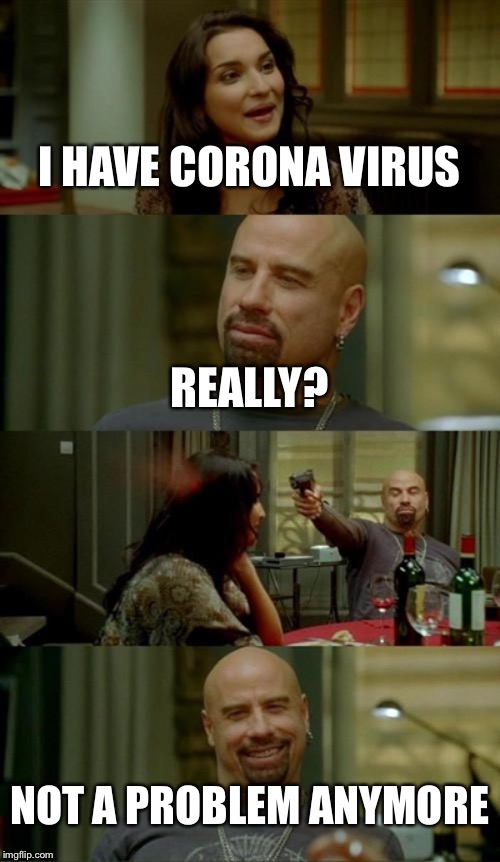 NRA affects your child's learning ability, but creates even more problems when it comes to communication. Learn more about NRA and how to help your child.
NRA affects your child's learning ability, but creates even more problems when it comes to communication. Learn more about NRA and how to help your child. What is Nonverbal Learning Disorder?
Learning and attention disorders create difficulties in communication. The NRA affects a child's social skills, but not their speaking or writing skills.
Children with non-verbal learning disorder tend to talk a lot, but they don't always manage to do it in acceptable ways. They often miss important information, don't understand sign language, so it's hard for them to make friends, and there can often be misunderstandings with teachers, parents, and other adults.
In contrast to children with learning disorders related to speech and writing (dyslexia, dysgraphia), children with NVL have difficulty understanding non-verbal communication. This includes body language, intonation, and facial expressions.
When a classmate says something sarcastic, a child with non-verbal learning disorder may take it literally. He may laugh at something serious because the speaker is smiling. Due to the fact that the child does not understand the non-verbal subtext to words, it is difficult for him to make friends.
He may laugh at something serious because the speaker is smiling. Due to the fact that the child does not understand the non-verbal subtext to words, it is difficult for him to make friends.
To better understand what NLR is, it is necessary to learn more about learning disorders based on speech developmental problems. Children with these problems have difficulty reading, writing, and speaking. Their speech and language skills are weak and they have difficulty with accuracy and processing speed.
Some children with NDE have good language skills but have difficulty analyzing information and understanding hidden meanings. They may not have problems with written or spoken language, but they take information literally without understanding the subtext.
The exact cause of NRO is not yet clear, but researchers believe that this is due to a lack of coordination in different brain processes located in the left and right areas of the brain.
Despite growing awareness of this disorder, non-verbal learning disorder is controversial in medical circles. It does not appear in the Diagnostic and Statistical Manual of Mental Disorders (DSM-5), the most recent update of the manual used by therapists to diagnose learning disorders.
Non-verbal learning disorder may cause learning difficulties, but this does not mean that a child with NVD is not bright. Like most children with learning disabilities, children with LLD usually have average or above average intelligence.
It is also important to know that non-verbal learning disorder is not the same as Asperger's syndrome or autism, although they can also affect social skills and social interaction.
How common is non-verbal learning disorder?
It is difficult to know exactly how many children an NRA has. This is because there is no clear definition of what this category of learning disorder includes. Studies show that the NRA may have 1% of children in the United States. This applies equally to boys and girls. Apparently, NRO is not inherited, as, for example, problems with concentration and dyslexia.
This applies equally to boys and girls. Apparently, NRO is not inherited, as, for example, problems with concentration and dyslexia.
Non-verbal learning disorder often occurs in people with Asperger's syndrome. In fact, studies show that up to 80% of children with Asperger's have symptoms associated with NRO. People with ADHD may also experience symptoms of NRO, although there are no statistical data on this yet.
What causes NRA?
Experts don't know the exact cause of NRA symptoms. But they are exploring a number of theories related to differences in important brain processes and functions in the left and right sides of the brain.
There is no consensus among experts as to whether nonverbal learning disorder exists and what are the underlying causes of NLD symptoms. For example, some experts believe that problems may be caused by damage or developmental features of the part of the brain that coordinates the work of the two hemispheres. Others believe that the problems may be related to the frontal lobe of the brain, which is responsible for executive function skills such as working memory, organization and planning.
Others believe that the problems may be related to the frontal lobe of the brain, which is responsible for executive function skills such as working memory, organization and planning.
Help your child overcome learning difficulties quickly and permanently!
Learn more
What are the symptoms of NRA?
The main symptoms of non-verbal learning disorder include poor social skills, but NVE can manifest itself in other ways. For example, children with NDE may have difficulty with math, reading comprehension, writing, and/or physical coordination. Here are some of the symptoms you may find in your child with NRO:
-
Remembers information but does not know why it is important;
-
Communicates in socially unacceptable ways;
-
Pays attention to details but does not see the big picture;
-
Has difficulty reading;
-
Has difficulty with mathematics, especially with problems;
-
Physically awkward and clumsy;
-
Poor handwriting;
-
Takes information literally;
-
Does not understand intonation, body language, facial expressions;
-
Poor social skills;
-
violates the personal boundaries of others - may stand too close to the interlocutor;
-
Pays no attention to other people's reactions;
-
Changes subject abruptly;
-
Too dependent on parents;
-
Afraid to be in an unusual situation;
-
Has difficulty adjusting to change.

Children with ADHD are often misunderstood because of their behavior. Peers and adults may find them strange or immature. Not knowing that the child has NRO, the teacher may think that he is inattentive or cocky.
Symptoms may change with age.
Young children with non-verbal learning disorder may appear bright and precocious because they have good verbal skills. They, like little professors, ask adults a lot of questions and spew out the information received like a fountain.
Despite their good memory, they may find it difficult to interpret and draw conclusions from what they read.
As children get older, the symptoms of NRO may become more obvious and cause more problems. Children understand that they perceive social situations differently than their peers, but do not know what to do with it. Some develop anxiety that can lead to compulsive behavior, such as touching a doorknob a certain number of times before opening the door.
The sooner you know about your child's problems, the sooner you can find treatments and strategies to improve social skills and relieve anxiety.
What skills are affected by non-verbal learning disorder?
NLL does not affect all children in the same way, but for most children NLL affects the following skills:
-
Conceptual Skills: Difficulties with problem solving, understanding big concepts and cause and effect relationships.
-
Motor skills: problems with coordination and movement. This includes gross motor skills (such as running), fine motor skills (such as writing), and balance (such as cycling).
-
Visual-spatial skills: problems with visual images, visual processing and spatial relationships. The child may remember what he heard, but not what he saw.
-
Social skills: Difficulty sharing information in a socially acceptable way. The child may not understand sarcasm or facial expressions, may interrupt the interlocutor in the middle of a conversation.
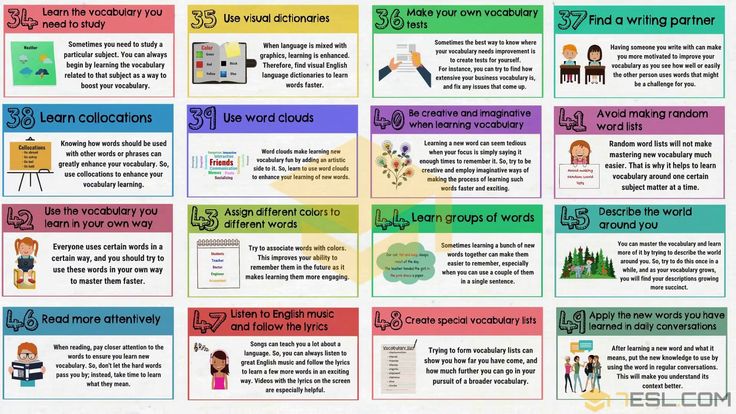
-
Abstract and critical thinking: problem with reading comprehension and understanding the "big picture". A child may be good at remembering details but not understanding the larger concepts behind them. You may also have trouble organizing your thoughts.
How to recognize NRA?
Since there is no universally accepted test for HRO, the diagnostic process involves several steps:
Step 1: Get a medical examination. Your child's doctor probably isn't an expert on learning disorders, but you can talk to them about your concerns and find out if a medical condition might be causing your child's symptoms. Your doctor can help you find a specialist, such as a neurologist, for further evaluation.
Step 2: Get a referral to a mental health professional. Once the medical causes are corrected, your child's doctor will likely refer you to a mental health professional such as a neurologist. The specialist will talk to you and your child about your concerns. He will then administer various tests to assess your child's ability in the following areas:
He will then administer various tests to assess your child's ability in the following areas:
-
Speech and language: Development of speech in young children; verbal skills, understanding of abstract ideas and context in older children.
-
Visuospatial Organization: The ability to draw a parallel between visual information and abstract concepts, such as reading a map or telling time by a clock.
-
Motor skills: Fine motor skills such as drawing and writing and gross motor skills such as the ability to throw and catch objects.
The specialist will look at your child's performance in these skills and ask you about the symptoms you have noticed in your child.
Step 3: Analyze the received information. After collecting all the information, the specialist will look for the strengths and weaknesses that are characteristic of children with ADHD. This will help determine if your child has a disability.
General strengths:
-
The level of intelligence is average or above average;
-
Good verbal skills;
-
Early speech development;
-
Good memory and ability to repeat what was said;
-
Learns better what he heard than what he saw.
General weaknesses:
-
Social skills;
-
Balance, coordination, handwriting;
-
Understanding cause and effect;
-
Visualization of information;
-
Activity level (higher at a young age, decreases with age).
What disorders are associated with NRO?
Nonverbal learning disorder is the disorder most closely associated with problems with social skills. However, there are several other disorders that prevent children from making friends. These disorders are not related, but they may occur together with NMR:
-
ADHD: Children with ADHD may initially be misdiagnosed with ADHD.
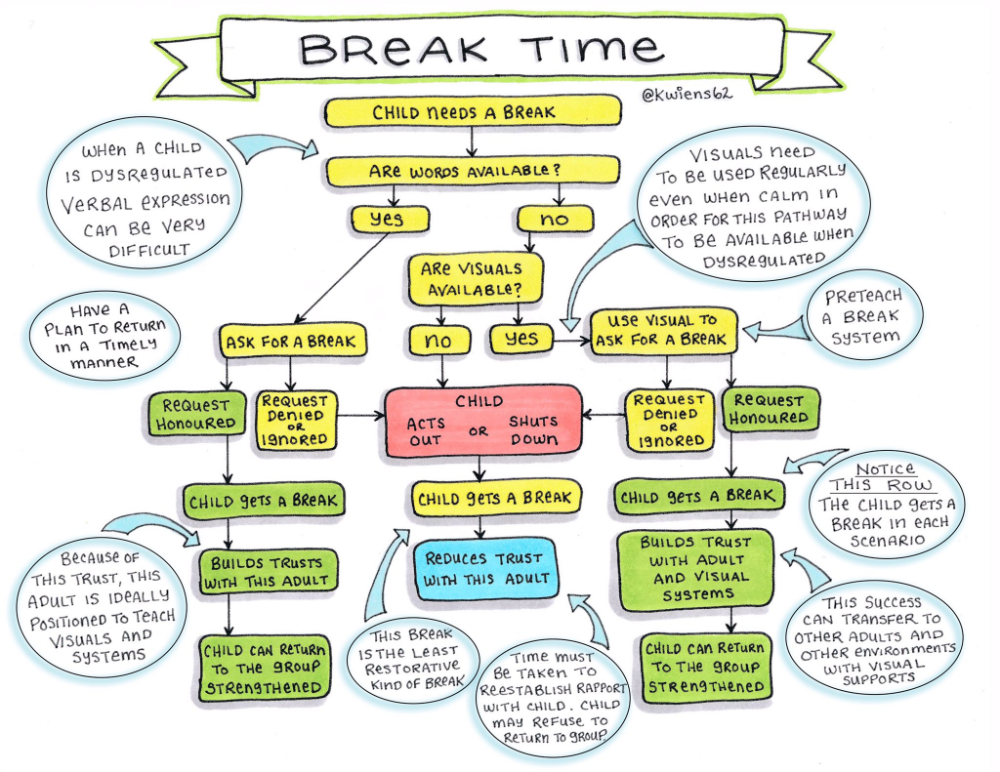 Both deviations have similar symptoms, such as excessive talkativeness, poor coordination and the habit of interrupting the interlocutor. But ADHD is not a learning disorder. This is a brain disorder that makes it difficult for children to concentrate, think about consequences, and control impulses.
Both deviations have similar symptoms, such as excessive talkativeness, poor coordination and the habit of interrupting the interlocutor. But ADHD is not a learning disorder. This is a brain disorder that makes it difficult for children to concentrate, think about consequences, and control impulses. -
Speech development disorders: these are problems with speech (expressive speech development disorder) and language understanding (receptive speech development disorder). Children with these disabilities find it difficult to understand and use sign language, follow directions, and carry on a conversation. NRO may also resemble some of the symptoms of social communication disorder.
-
Asperger's Syndrome: This is a developmental disorder that affects a child's ability to socialize and communicate with others. This is a mild form of autism. Many of the symptoms of Asperger's Syndrome and NRO overlap, and researchers suggest that about 80% of children with Asperger's Syndrome also have NRO.
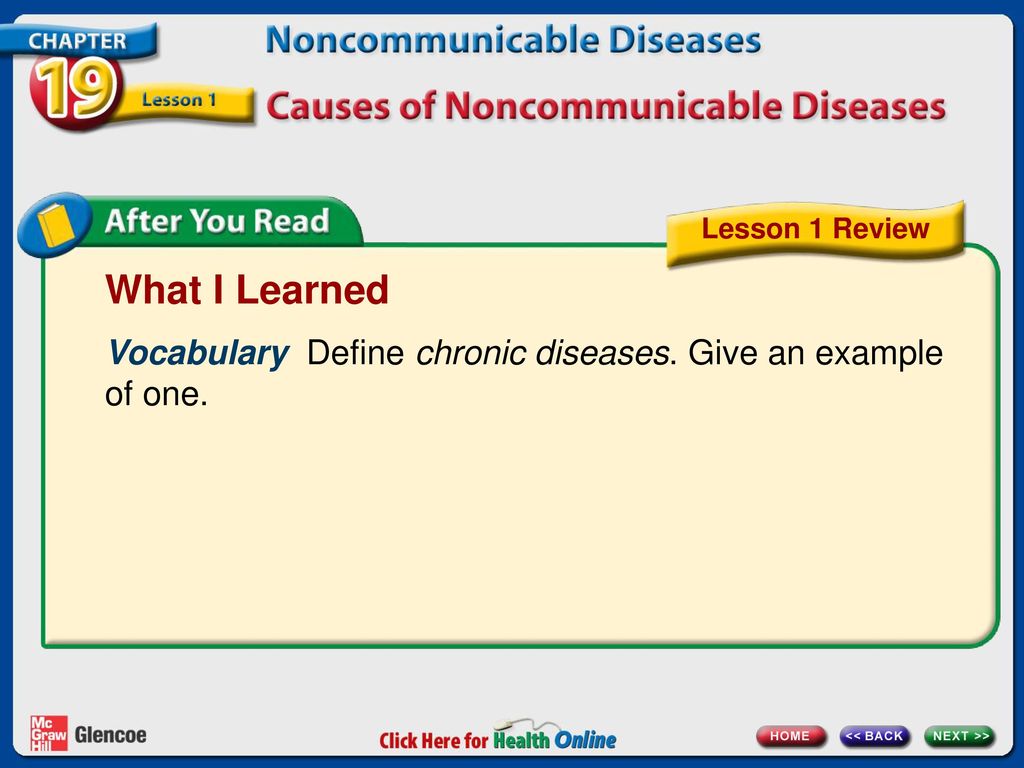 But these are two separate disorders.
But these are two separate disorders.
"We have the potential to help children who are lagging behind reach the norm and even exceed it!"
Watch part of Dr. Michael Merzenich's TED talk in 2004 where he talks about techniques based on brain plasticity to correct the workings in a child's brain to increase their ability to recognize speech, speak, read and learn successfully.
How can professionals help with NRA?
There are a number of treatments and educational strategies that can help your child manage the symptoms of NRO. These include:
These include:
-
Social skills training groups where children are taught how to behave in social situations, such as how to greet a friend, join a conversation, and recognize and respond to teasing.
-
Parental support from a psychologist is needed to help parents learn how to cooperate with teachers and help children improve their social skills.
-
Occupational therapy helps reduce fear of the unknown, improve coordination and improve fine motor skills.
-
Cognitive therapy helps to cope with anxiety and other types of mental disorders.
-
Talk to teachers about how to help your child do well in school.
What can you do at home?
Parenting a child with ADHD can be challenging, but there are many things you can do at home to help your child cope with symptoms and learn social skills. You can also try some of the behavior experts' strategies.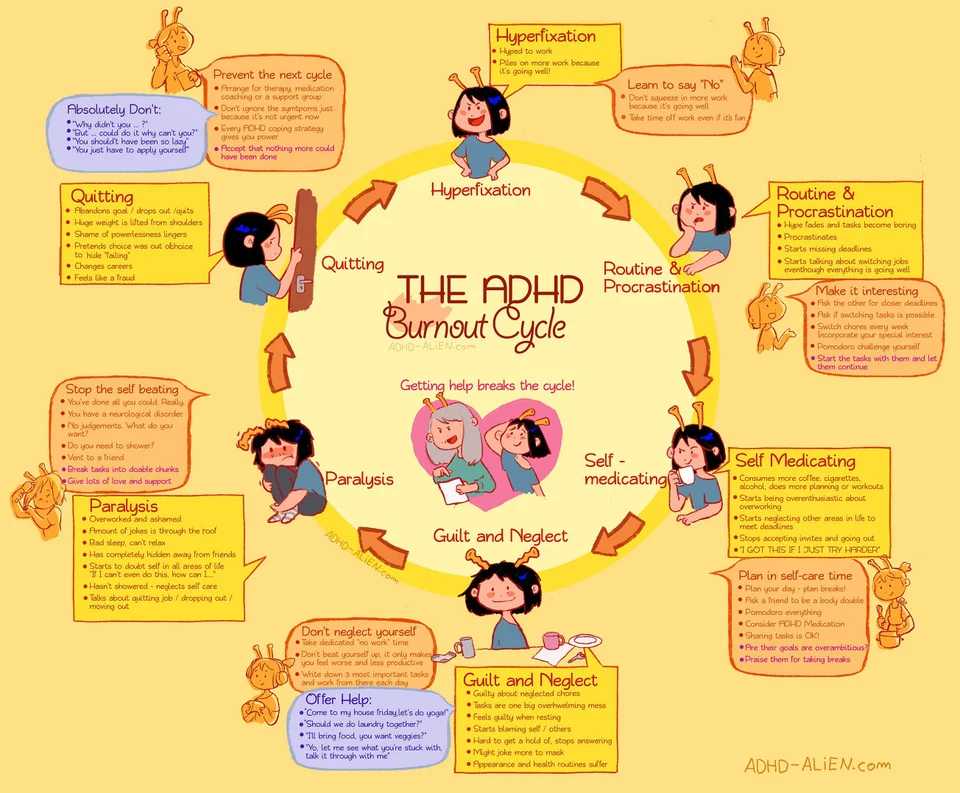 These steps can help you make positive changes in your child's life and in your family life:
These steps can help you make positive changes in your child's life and in your family life:
-
Think about how you speak. Remember that children with NRA are not good at understanding sarcasm and intonation, and they are likely to take what you say literally. For example, if you say, “If I see that thing in your hands again…,” he may continue to play with the prohibited item, turning away so that you cannot see it. Give clear instructions such as, "Please don't touch this thing."
-
Help with transitions. Children with NRO tend to dislike change because it is difficult for them to understand it. They may not have the abstract thinking skills needed to imagine what's next. You can prepare your child for routine changes by using logical explanations. Instead of saying, “We're going to have dinner with grandma soon,” try, “We're going to have lunch at grandma's house tonight because it's her birthday. We leave in an hour."
-
Watch your child.
 A child with NRO may be shocked by sudden external stimuli such as noise, smells, sounds, and temperature. Try to avoid situations that may trigger shock reactions in your child.
A child with NRO may be shocked by sudden external stimuli such as noise, smells, sounds, and temperature. Try to avoid situations that may trigger shock reactions in your child. -
Arrange meetings with friends. Help your child find friends with similar interests, whether it's a love of comics or cooking. Invite friends over for a social experience in a familiar environment. Think about what the children will do, offer them games so that they do not sit idle. It is also best to invite guests at times of the day when the child is usually well-behaved.
Practice using the Fast ForWord neurological online method. It is also called "Brain Fitness". By studying Fast ForWord at home, your child will train brain areas responsible for key executive functions, reading, speech skills, concentration skills, develop memory and other important cognitive skills necessary for successful learning and socialization. Thanks to these activities, more than 3 million children in the world have left special education.
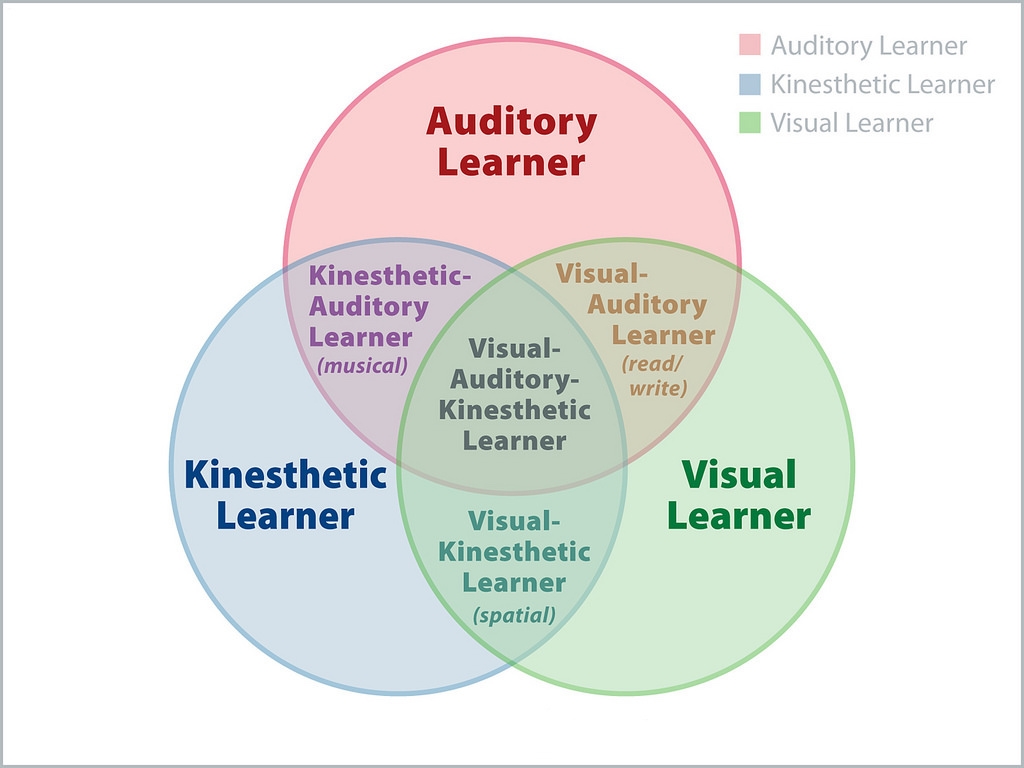 classes!
classes!
What can make learning easier?
There are many ways to support your child with NRO:
-
Take notes. Monitor the child's behaviors and symptoms, when and where they occur. Your observations will be valuable information for professionals who can help your child.
-
Tell your child's doctor about your findings to discuss possible next steps. This may include a referral to a psychologist who can conduct a comprehensive assessment and develop a treatment plan.
-
Talk to your child's teacher to find out what problems your child is having at school. Ask what methods of assistance have been used and which ones are most effective. Discuss with teachers if the child needs special education.
-
Contact other parents. Discuss your observations with parents who have experienced similar problems, perhaps they can share their successful experience with you.
Non-verbal learning disorder can cause both social and academic problems for your child and there is no proven cure. But there are many approaches, treatments, and strategies that can help your child develop social skills and overcome adversity. By learning as much as possible, you can better help your child.
But there are many approaches, treatments, and strategies that can help your child develop social skills and overcome adversity. By learning as much as possible, you can better help your child.
Source
Sign up for trial online classes using the Fast ForWord method, don't put off helping your child!
Sign up for trial classes
Useful article? Share with friends!
Read useful materials on our social media pages!
Subscribe!
To play, press and hold the enter key. To stop, release the enter key.
How do I know if my child has dyslexia / Learning Disabilities
Dyslexia is a reading and writing learning disorder that has a neurobiological origin. This is a condition that has as its main characteristic significant difficulty in developing reading skills and has no other causes such as vision problems, age, or poor schooling. Children who suffer from this type of disorder have difficulty understanding what they read, recognizing words, orally expressing written texts, and completing tasks.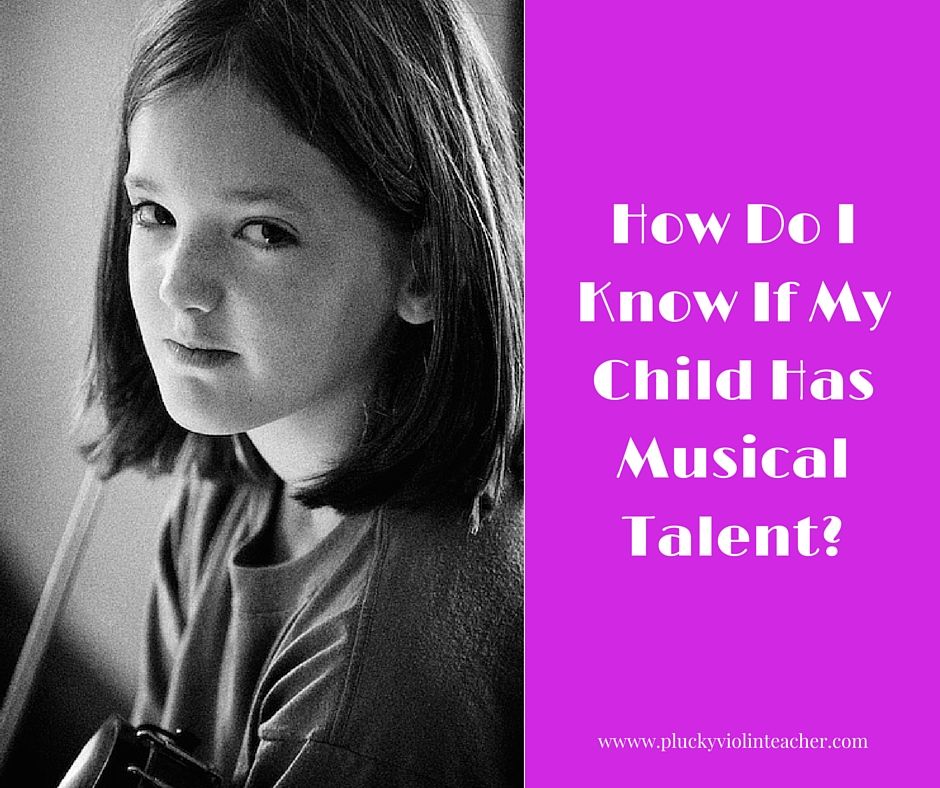 The detection of this type of condition should be done as quickly as possible in order to start treatment and not continue to develop.
The detection of this type of condition should be done as quickly as possible in order to start treatment and not continue to develop.
If you are worried about your child because you suspect that you may have this type of disorder but are not entirely clear, there are things you can take into account to help your early detection. That's why in this Psychology-Online article: How to know if my child has dyslexia . We are going to give you a series of tips so that you can detect it as soon as possible.
You may also be interested in: My child has learning problems, how can I help? index
- How do I know if my child has dyslexia? Guidelines to follow
- Symptoms of dyslexia in children
- How to detect dyslexia in school age
- Late detection of dyslexia in adolescents
How do I know if my child has dyslexia? Guidelines to follow
Although disorders such as dyslexia cannot be diagnosed at an early age because it requires comparing a child's reading level from at least one year to the next, usually between the first and second grades of elementary school .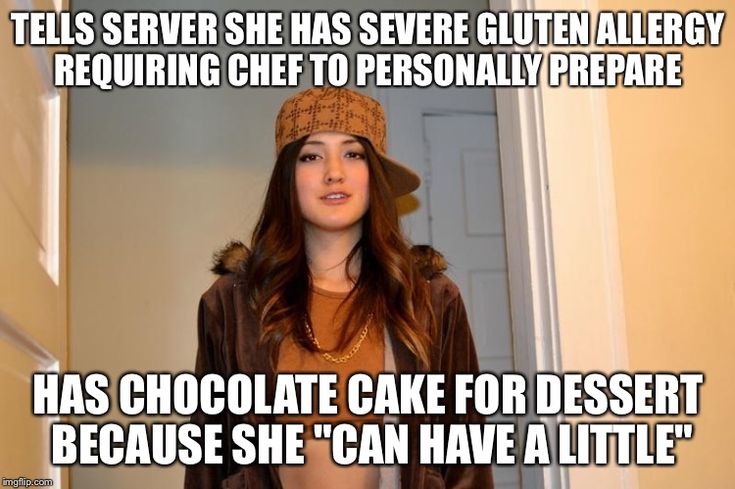 You can always help prevent certain symptoms from occurring. Here are some tips to help you know if your child is dyslexic..
You can always help prevent certain symptoms from occurring. Here are some tips to help you know if your child is dyslexic..
- Learn more well about this disorder. The first and most important thing is to fully inform you about dyslexia. This includes knowing exactly what it is, what causes it, what its symptoms are, how it should be treated, etc.
- It is good to know what the symptoms of dyslexia are. First of all, be clear about the specific symptoms of dyslexia so you don't confuse them with another type of illness and so you can better identify the problem your child presents.
- Pay attention to your child's behavior. Dedicates a certain amount of time every day to carefully observe the child and takes note of the attitude that attracts your attention and causes anxiety. Be aware that dyslexia can cause not only literacy problems, but other related problems such as poor spelling, speech, difficulty following instructions, and a direct impact on interactions with other children.
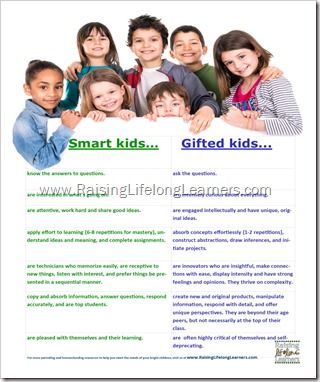
Symptoms of dyslexia in children
As I mentioned earlier, it is necessary that you know that the specific symptoms of dyslexia are so that you can detect it. Pay attention to them because if you notice your child showing them, you can help prevent them early. ¿How do I know if my child has dyslexia? Here we will show you which are the main symptoms that a child with dyslexia has .
Suspect factors before school age: first symptoms
- They start talking late .
- They are confused when it comes to verbal words that have similar pronunciations.
- Difficulty in learning new words
- Difficulty in self-expression
- difficulty identifying letters
- When there were problems with literacy in the family history
- Confusion when it comes to distinguishing between one’s own body parts 9007 time and/or confusion to distinguish the left side from the right.

- Delay to learn numbers, colors, days of the week, among other things.
- Difficulty learning new procedures and following instructions.
- They lack concentration and begin to increase their activity as well as their level of impulsivity.
- Problems to maintain balance
- Difficulty holding a pencil correctly
- Problems regarding their social skills
How to detect dyslexia at school age
Between the ages of 7 and 11, you should already know if your child has dyslexia or not. The main and most obvious symptoms he presents are as follows:
A. Problems with reading
- His reading level is very poor compared to his age
- He presents many errors when it comes to reading, and for this it takes a lot of work
- It has great difficulty to associate letters with the corresponding sounds and learn to pronounce new words.
- Problems deciphering words that are in isolation
- Difficulty reading strange words or any text without meaning
- The order of letters usually changes, as well as the order of numbers
- its reading is very slow and slow
- On phonological tests you get poor results
- Difficulty in learning other languages
B.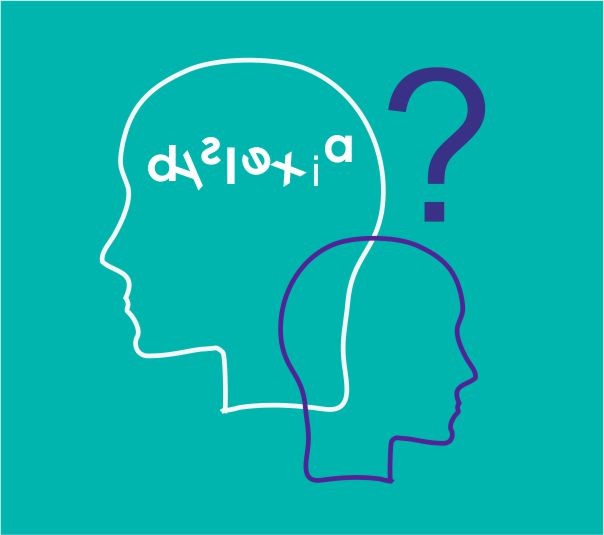 Problems with writing
Problems with writing
- Write in a mirror as it usually confuses left and right
- Often inverts the order of numbers, letters and words
- This represents very poor spelling
- He cannot structure and organize his thoughts properly therefore his grammar is deficient
- He has poor handwriting and writes randomly, that is, he does not keep order and does not respect the margins.
C. speech problems
Although children with dyslexia usually express themselves better orally than in writing, they often have the following difficulties:
- They find it difficult to change the words they pronounce incorrectly into correct ones. That is, they are so accustomed to the wrong ones that when they want to correct them in order to get used to pronouncing others, it is difficult for them to do so.
- They have some difficulty for to name the numbers
- Sometimes they have a hard time finding the right word according to the context, so they look for synonyms and don't always get it right.
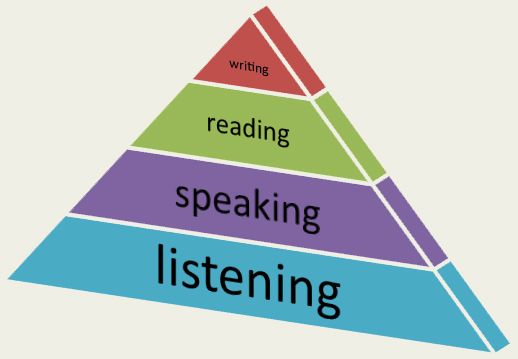 .
.
D. Problems with math and time compression
- Difficulty doing certain math operations
- He can't understand math problems even though he can do arithmetic operations
- It doesn't handle money properly 9008
- He has great difficulty using his watch correctly, as well as learning to control his time and perform tasks that require time sequence..
- It costs a lot of work to learn the multiplication tables and also use them in your daily life.
- It is difficult for him to find in time , that is, to know what time it is, what day, year, month, etc.
E. problems with coordination problems, but in most cases this is common. Here are some of them:
- Difficulty holding Correct pencil or scissors
- He is clumsy in terms of coordination, so tends to have a few accidents
- Has bad lyrics because he has poor coordination
- You cannot perform certain movements, such as cycling, jumping, playing ball, etc.
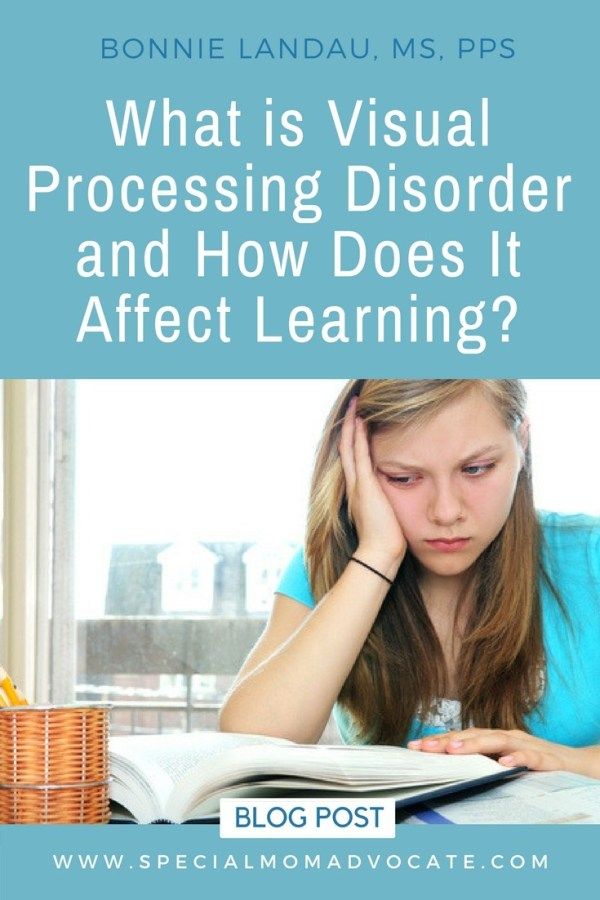
If you think you have these symptoms, we recommend that you take note of these 10 exercises to detect dyslexia
Late detection of dyslexia in adolescents
If dyslexia is not yet diagnosed at 12 years old, the teenager will have serious problems that will be very difficult to eradicate. That's why Early detection of this problem is extremely important even if we're not entirely sure it's a disorder like this.
The symptoms that an adolescent will show at this age or older are as follows:
- major trouble concentrating while reading or writing0080
- Due to Problems with compression when reading , there will be problems with his immediate memory when he cannot remember what he just read
- Problems to adequately interpret what he read
- Difficulty organizing your thoughts when speaking or writing
- Complexity in organizing your workspace and the materials you use for it
- Inability to organize your time, have tasks ready and learn how to plan exams
- He usually does his homework or work done in class with slowness
- It takes a lot of work to adapt to new environments
- Low self-esteem due to the learning difficulties it presents, among other difficulties associated with
- Does not have well developed social skills
- Fails when trying to read or do a math problem for fear of making a mistake
- He presents his first symptoms of anxiety or depression.

